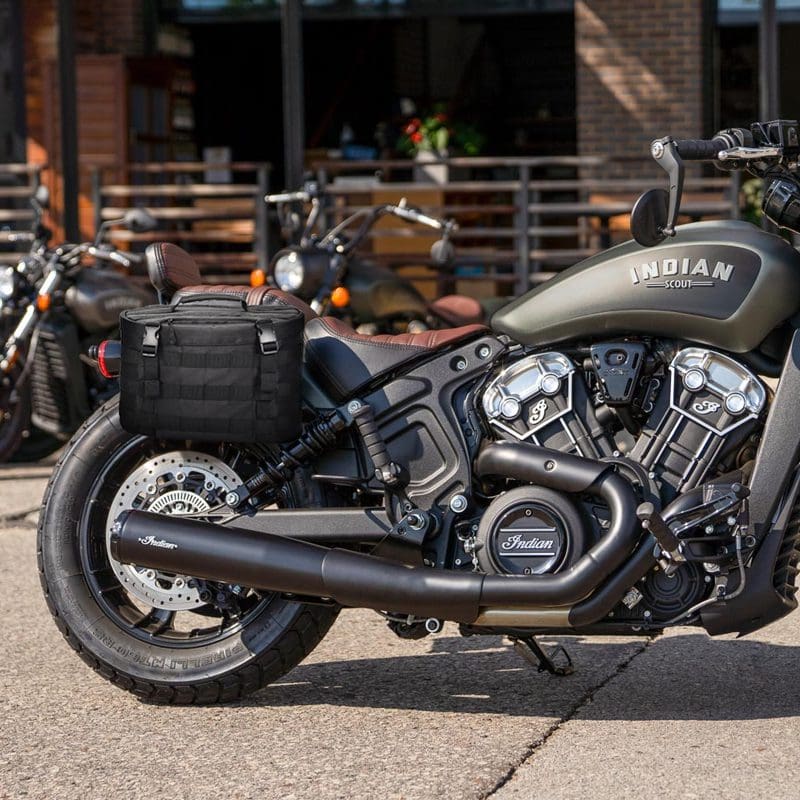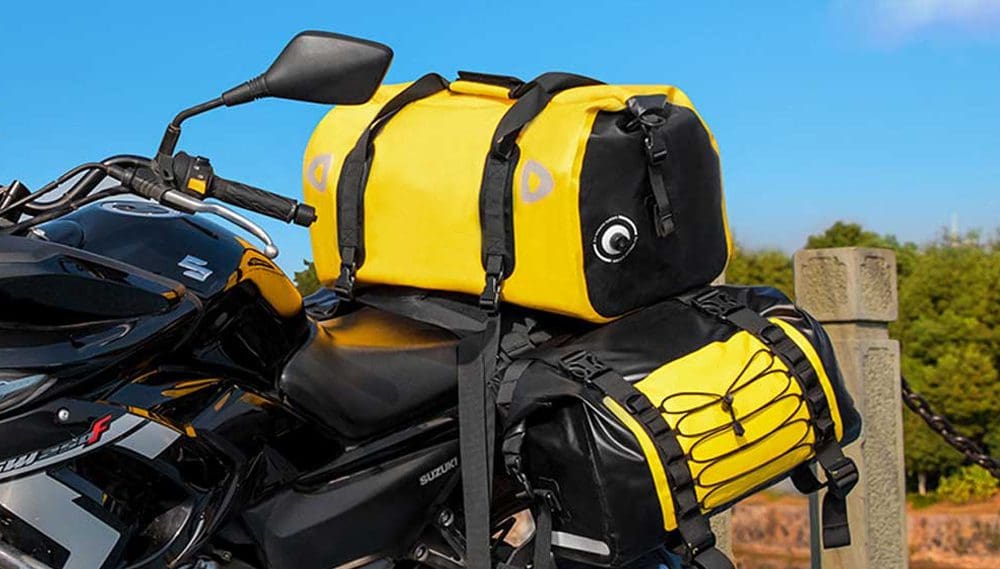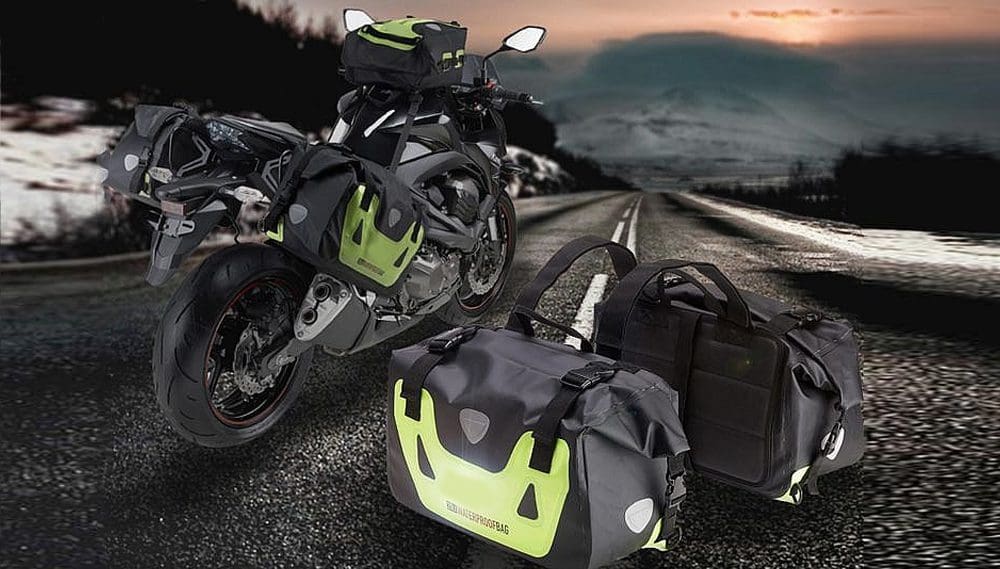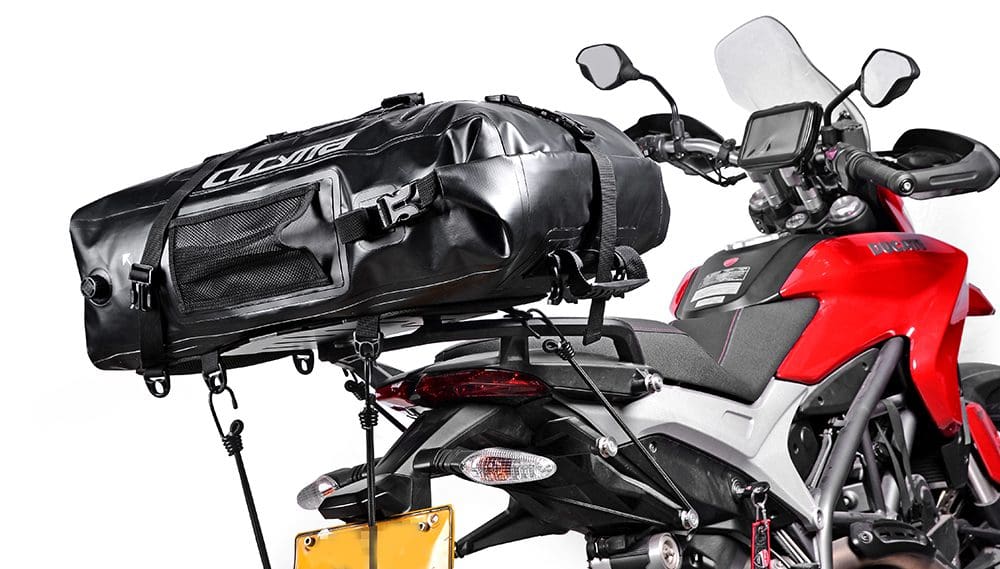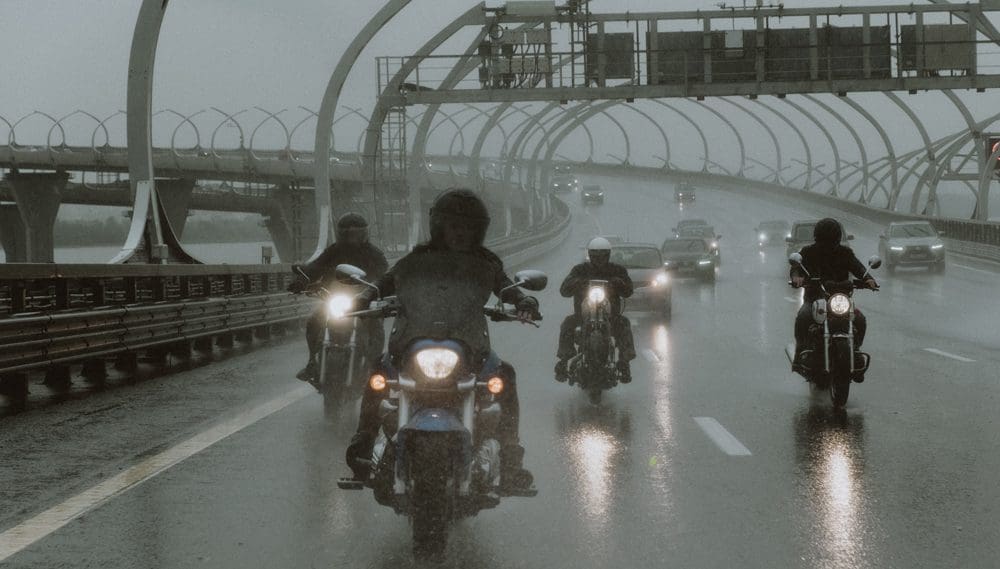1. Choose the Right Tail Bag
The first step in successful packing is selecting the right motorcycle tail bags for your needs. Consider factors such as size, design, capacity, and functionality. Ensure that the bag you choose fits securely on your bike’s tail section and can accommodate your gear comfortably. Some tail bags even come with additional features like expandable storage, integrated rain covers, or quick-release mounting systems. Assess your specific requirements to make an informed decision.
2. Prioritize Essential Items
Before you start packing, make a list of essential items you’ll need during your trip. This may include clothing, rain gear, tools, spare parts, personal items, first-aid kits, and documents. Keep this list handy to avoid overpacking and to ensure that you don’t forget any critical items. Prioritize based on the duration and nature of your journey, allowing you to maximize space while ensuring you have everything you need.
3. Organize and Protect
Proper organization is key to efficient packing. Invest in packing cubes, waterproof bags, or compartmentalized organizers to keep your gear sorted and protected. Group similar items together, such as clothes, riding gear, and tools, and use separate containers or bags for each category. This not only helps you find items quickly but also keeps them protected from the elements and prevents damage during transit.
4. Weight Distribution
When loading your tail bag, distribute the weight evenly to maintain balance and stability while riding. Place heavier items at the bottom and lighter ones on top. This ensures better control of your motorcycle and minimizes the risk of instability during turns or sudden stops. Always adhere to the manufacturer’s weight recommendations for your specific tail bag model.
5. Secure Your Load
Use high-quality straps, bungee cords, or specialized mounting systems to secure your tail bag to the bike’s tail section securely. Double-check that it’s tightly fastened to prevent any shifting or movement during your ride. Make sure all straps are properly tensioned and that there are no loose ends that could potentially become entangled in your bike’s moving parts.
6. Accessibility
Items you may need while on the road, like a map, GPS device, snacks, or a camera, should be easily accessible. Pack them in outer pockets or on top of your tail bag for quick and convenient access. This eliminates the need to dig through your entire luggage when you need something urgently, enhancing both safety and convenience during your journey.
7. Consider Weather Conditions
Check the weather forecast for your route and pack accordingly. If rain is expected, make sure your tail bags are waterproof or use waterproof covers to protect your gear. Additionally, consider temperature fluctuations and pack appropriate clothing layers. Packing for variable weather conditions ensures you stay comfortable and safe throughout your ride.
8. Test Your Setup
Before embarking on your journey, take a short test ride to ensure that your tail bags are securely fastened and that your load doesn’t affect your bike’s handling. Make any necessary adjustments before hitting the road. Pay attention to how your motorcycle handles with the added weight, especially during braking and cornering. Make adjustments as needed to maintain optimal control.
Get the Most Out of Your Motorcycle Tail Bags for Stress-Free Riding
Motorcycle tail bags are invaluable additions to your biking adventures, providing you with extra storage without compromising your ride’s performance. By following these comprehensive packing tips, you can make the most of your tail bag, stay organized, and have a memorable and stress-free motorcycle journey.
Remember that efficient packing not only enhances your riding experience but also ensures safety on the road. So, choose the right tail bag, pack smartly, and hit the road with confidence!

